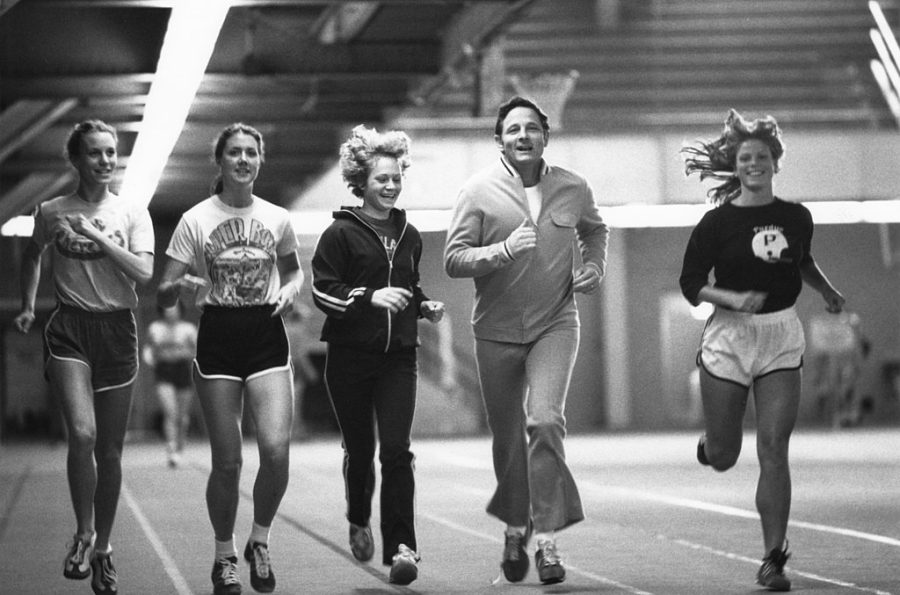The Intricacies of Title IX
January 7, 2022
Title IX opened up athletic opportunities for women in schools across the country.
To get a sense of the importance of cheerleading’s label, you have to start with a piece of legislation known as Title IX, which prohibits sex discrimination in education. Passed in 1972, it codifies the importance of equal treatment for women in schools, and it has an enormous impact on high school and collegiate sports.
The Department of Education’s Office for Civil Rights (OCR) defined a “three-prong test” for schools to follow with regard to the legislation. Schools must fulfill just one of the following options to meet Title IX compliance:
- Substantial proportionality: Athletic participation opportunities must be provided to female students in proportion to their enrollment at the school.
- History and continuing practice: A school must demonstrate a historical and continuing practice of expanding athletic opportunities for female students.
- Full and effective accommodation: The “interests and abilities” of female students are being accommodated through the sports currently offered by a school.
As Elisabeth Sherman writes for The Atlantic, “Under Title IX, schools that receive federal funding must give male and female students equal opportunities to play sports, but not necessarily the same sports.”
So a school doesn’t have to offer a football team for women, but it does have to make sure that athletic opportunities are equitable for all genders–maybe by offering a female soccer team, for example.
Title IX also requires that institutions offer female student-athletes the benefits that typically come with sports participation, such as protective equipment, proper supplies and uniforms, locker rooms and practice/competition facilities, transportation, quality coaching, access to medical services, academic tutoring for student-athletes, and recruiting resources.
So, if cheerleading is considered a sport, cheerleaders are entitled to all of these benefits under the law.
Though the original Title IX legislation does not define parameters along which an activity can be considered a sport, the OCR has offered additional guidance in this realm with something known as the “Dear Colleague Letter,” released in 2008. Its criteria are specific and numerous–they include the eligibility of athletes to receive scholarships and awards, an operating budget and support services that match up with those accompanying other sports offered at the school, a specific and well-established set of rules, consistent practice and competition opportunities, and a primary purpose to “provide athletic competition at the intercollegiate or interscholastic varsity levels rather than to support or promote other athletic activities.”
As of right now, the OCR classifies cheerleading as an extracurricular activity, not an athletic program, according to those guidelines.
